It’s one of those things that you know when you see it: This game’s so broken, you think, that everyone’s just spamming the same strategy all the time and there’s no point even playing anymore unless someone fixes the balance.
But what about when the balance is good? Or it feels just a little bit off? How do you know? How does anyone know? And what even is game balance?
To get to the bottom of how balance works, what it means in different genres, and how game makers go about setting—or, if necessary, resetting—the balance in their games, we reached out to a few experienced designers and asked them to give us the lowdown.
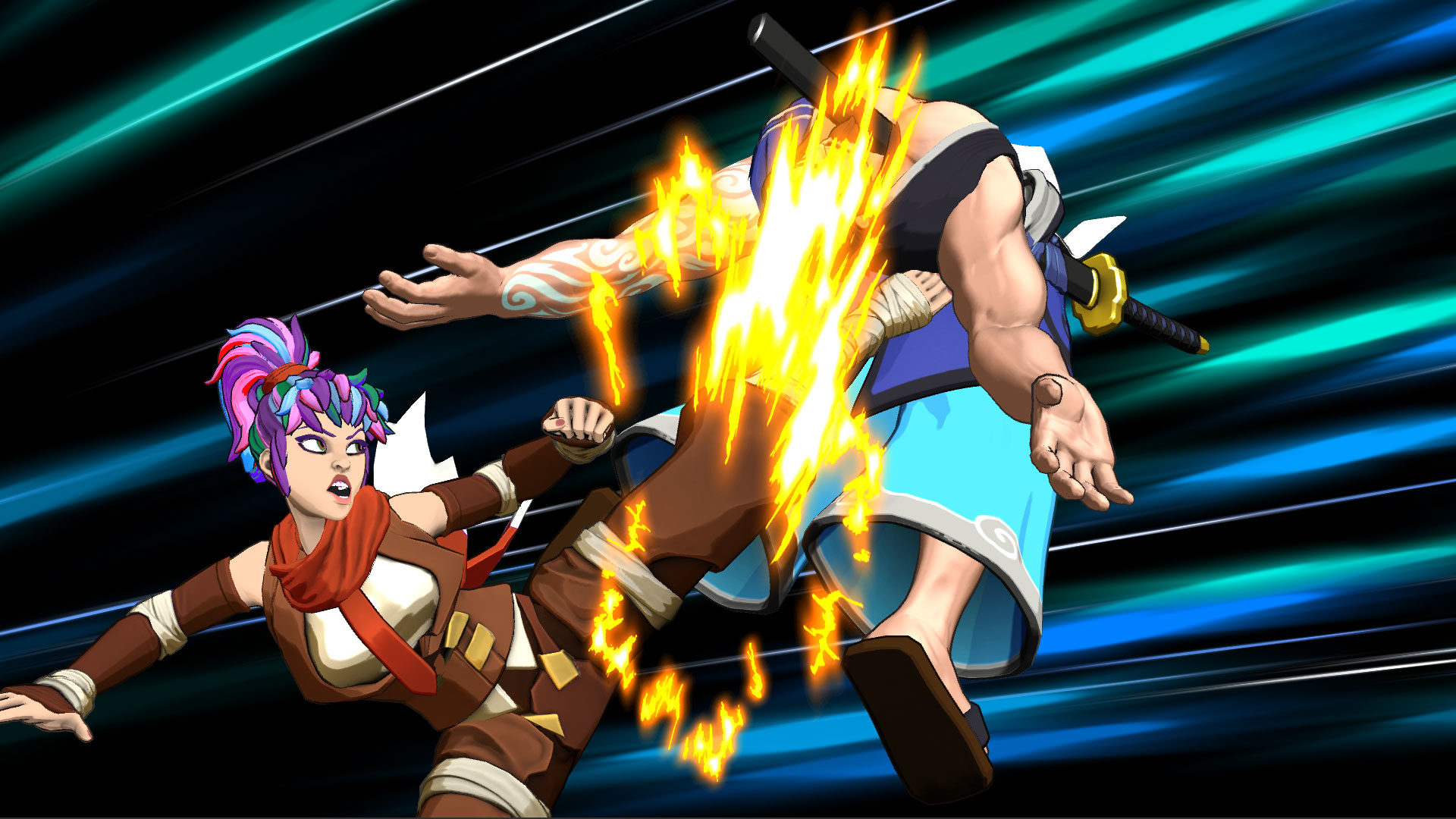
Credit: Sirlin Games
What does “balanced” mean?
Just defining balance as a concept can be a surprisingly tricky task. “If you ask 10 designers, you might end up with 10 different opinions,” explains Rochester Institute of Technology assistant professor and Global Game Jam co-founder Ian Schreiber. “Balance is a bit of an overloaded term because we might use the word to describe a single-player RPG, a 4X game like Civilization, a MOBA, an MMO, a board game, a sidescrolling platformer, [and so on,] and it means different things in all those different contexts.”
But for Schreiber, the unifying thread between these various contexts is that balance relates to the player’s perception of fairness. Note the emphasis there, because it’s possible to mathematically balance a game’s systems and yet have players perceive them as unfair—for reasons we’ll get into later. No game is fair all of the time, of course, so fairness in the context of balance is a general term. It might mean equal starting positions or a suitable difficulty curve, or perhaps a range of races or character classes and strategies that are all equally viable, given comparable skill and luck.
This idea of multiple viable options could itself be the metric for good balance. “Like, if there’s 10 different things it seems like you’re supposed to be doing,” says Playing to Win author and veteran designer David Sirlin, “and one of them is so powerful that there’s no point in doing any of the other ones, then people would say that doesn’t feel balanced.”
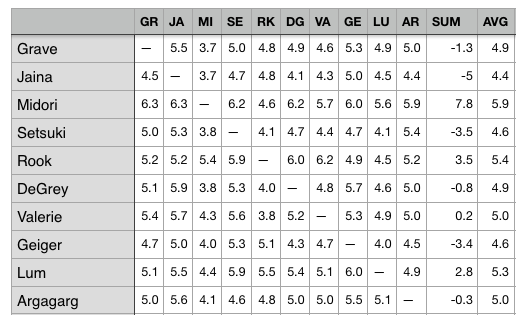
and their win averages, via Sirlin.net.
That’s kinda vague and non-specific, though, isn’t it? Yet if you spend any time hanging out in gaming groups on Reddit or Discord, or even just playing stuff online, you’ll find people constantly complaining or arguing about balance. Everyone from casual players and noobs through to seasoned pros seems to have an opinion.
We all want our preferred characters and strategies to have a fair chance at success, so balance is important. But how does it actually work? How does a game get balanced, and how much does it matter if there’s an imbalance somewhere?
Different games, different scales
Well, it depends on the game. In a single-player game, an obscure imbalance is fine—if there’s an exploit to jump a little farther or climb a little higher than the designers intended, that’s unlikely to break the experience. It’s more likely just something fun, good for bragging to friends or setting speedrunning records.
Sirlin notes that the process of balancing a single-player or co-op multiplayer game is more about affordance—a clarity in how things work and consistency about when and how you can use a given skill or strategy. It’s about starting with the novice players and helping them form mental models of the game that are accurate enough that they never feel cheated, then adding space for the experts to push the boundaries.
With competitive multiplayer games, however, the standard approach is to balance for the top players. “That’s where the road is leading,” explains Sirlin, “and people are not gonna want to be on the road if they know that the end of that road is some terrible unbalanced thing. That’s just really bad PR. Like, if you saw it in a tournament, it would look like garbage.”
Schreiber agrees. “Most of your players are going to suck at your game and only a very small number are going to be championship level,” he says. “And so intuitively you think, well, you know, balance for the masses. Don’t balance for these 32 players at the top. But those 32 players at the top are the ones that everyone watched the streams of. They’re the ones that everyone aspires to.”
Some people actually will change their games so that it effectively lies to the player and tells them the things that they expect to hear.
Ian Schreiber, co-founder, Global Game Jam
That’s not to say that designers don’t ever throw the newbies a bone. Often there’ll be strategies, characters, or weapons that are easy to become competent in, while there are others that take enormous skill. And if there’s an imbalance at lower skill tiers, it may be that there’s a certain button combination that’s essential to the game but it’s too hard for novices to execute—in which case the developers may simplify that combo to smooth out the balance at the bottom without compromising anything at the top.
Before game makers can really get into all this nitty gritty of game balance, however, they need to understand a few things about the nature of the human mind. So let’s take a step back.
The psychology of game balance
As we alluded to earlier, fair isn’t always fair.
…Wait, what?
“When I teach [balance] in my classes,” says Schreiber, “I actually have an entire week that I dedicate to cognitive fallacies, like, ‘Here’s a whole bunch of ways that most people misunderstand math,’ and ‘Oh, by the way, your game isn’t actually as fair as you think it is because random number generators aren’t fair.'”
Psychology has lots of fancy terms to describe these sorts of fallacies—ideas like gambler’s fallacy (the belief that the results of a random event like a coin toss will affect future random events), choice-supportive bias (the tendency to remember your choices as better than they actually were), and so on, and they have a real impact on how balance is perceived in games.
“Some people actually will change their games so that it effectively lies to the player and tells them the things that they expect to hear,” says Schreiber. “Sid Meier did a wonderful talk at GDC back in 2010, and he talked about Civilization Revolution and how they had actually fudged the numbers under the hood to conform to the players’ flawed understanding of what probability is.”
If a unit had 3-to-1 odds of winning a battle, playtesting revealed that most players expected it to win despite there being a 25 percent chance it would lose. They then felt cheated when it lost. To fix this perceived imbalance, the developers coded in a mathematical untruth. When players saw 3-to-1 or 4-to-1 odds of winning a battle, their actual odds were now much higher.
Another approach to bridge the gap between intuition and reality in player perceptions of balance is to be transparent—to display simple statistical data that shows it was fair. “The arcade version of Tetris would actually show you the state of exactly how many of each brick were falling,” Schreiber says. “So if you complained that, ‘Oh, I didn’t get any long pieces; this game hates me,’ you could look across and see for yourself, ‘No, it’s giving you plenty. You’re just not using them well.'”
Depth does not equal balance
Other fallacies are harder to design around. Sirlin describes something he calls “depth fallacy,” which is where you can mistake a game for being deep because it has lots of things in it that may not have been obvious or were locked when you first started playing. “As you learn more and more layers,” he explains, “it feels like, ‘Oh, this game is so deep.'”
Sirlin used to think this way, too, but then one day he realized, “Oh, but actually after I knew the 10th thing the game was more shallow than when this whole thing started.”
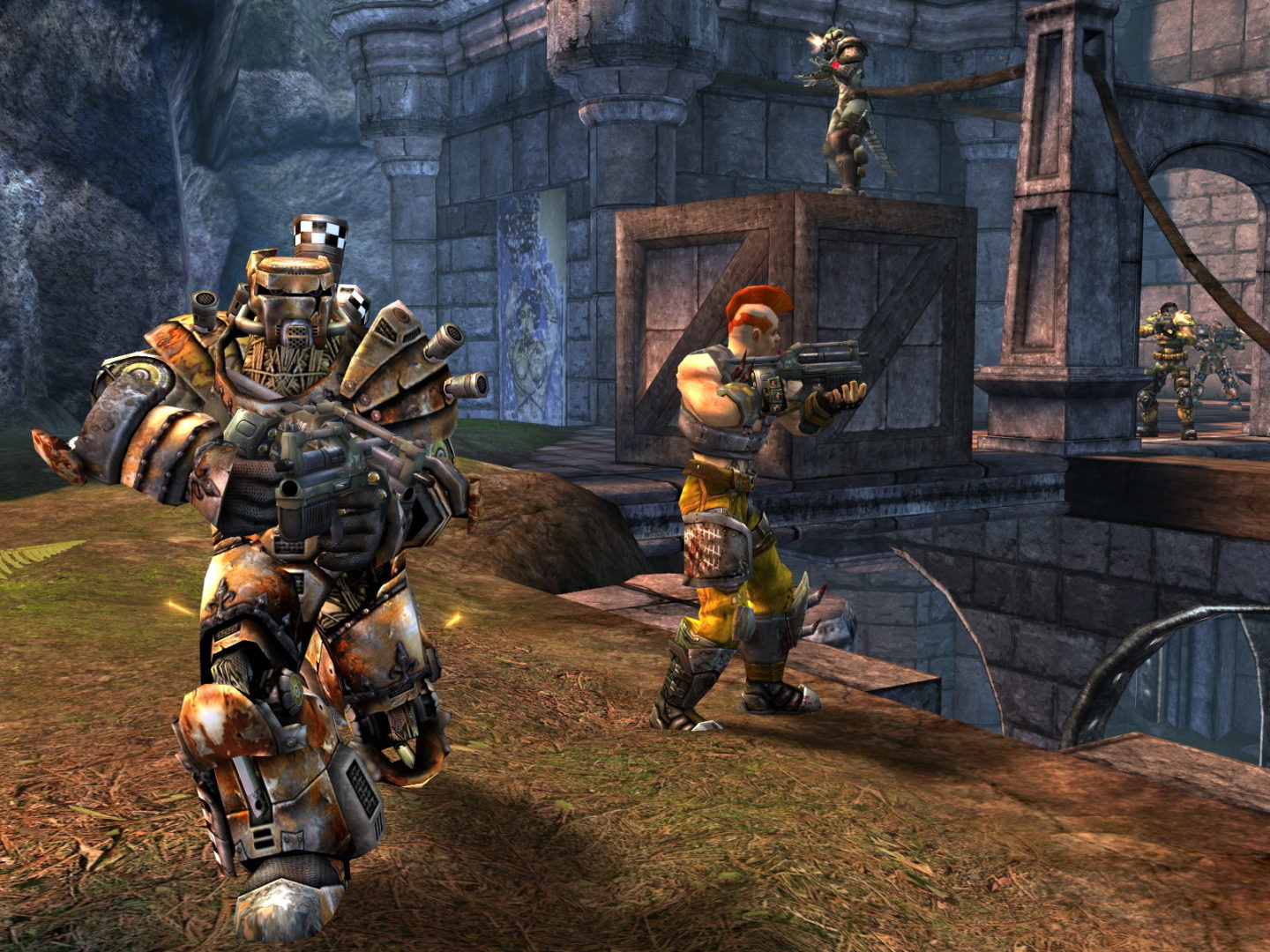
that much in the last two decades.
Credit: Unreal Tournament 2004, Epic Games
Rather than add to the game’s viable options—that root element of its balance—Sirlin argues that piling on more mechanics or moves or weapons is more likely to create a situation that “degenerates and robs the game of all its viable options, except for one or two [dominant strategies].”
Highwire Games founder/creative director and former Bungie design lead Jaime Griesemer adds that complexity should go only so far as the number of “roles” in a game. Anything more is just playing into this depth fallacy, which is why most shooters tend to have the same set of weapons: It’s hard to find additional roles that meaningfully add to the game without becoming dominant.
Balance and fun
There’s also a pervasive myth, split into two warring camps, that balance and fun are inextricably linked. One side argues that a game must be well-balanced to be fun, while the other posits that too much balance is a bad thing. But in truth, it’s neither.
“What they [the latter camp] are trying to say is that when you make everything homogenous, it’s kind of boring,” explains Sirlin. “Like if everybody in Street Fighter was just like a slightly different Ryu, that would be more boring than the real Street Fighter.”
But balance and variety are not mutually exclusive. A well-balanced game can have a large number of super-powerful weapons and characters that are all clearly differentiated from each other. “Guilty Gear is a great example,” Sirlin continues. “It’s so diverse that the different characters feel like they’re from different games or something because their mechanics can be so different. And yet it’s pretty balanced.”
I have in my head how the system works and when I’m creating all the characters, I just kind of imagine how they all are going to interact and try to make sure that they each have the tools that I think they would probably need against each other.
David Sirlin
The trick is to put fail-safes in place. In Guilty Gear, for instance, there’s a set of universal defense mechanics—a few special blocking moves—that can players can pull out when in trouble.
Meanwhile, in the “balance equals fun” camp, Schreiber says that breaking the misconception really comes down to managing expectations: “If the game is being pitched to the player as ‘this is a high-fidelity simulation’ and then the player finds out the AI is cheating—like, this is why a lot of people hate rubber-banding in racing games… It feels like it’s playing dirty.”
By contrast, AI-controlled Civilization leaders actively cheat on higher difficulty levels, but most players don’t care because the game tells them this will happen at the outset, right there in the descriptions for each difficulty.
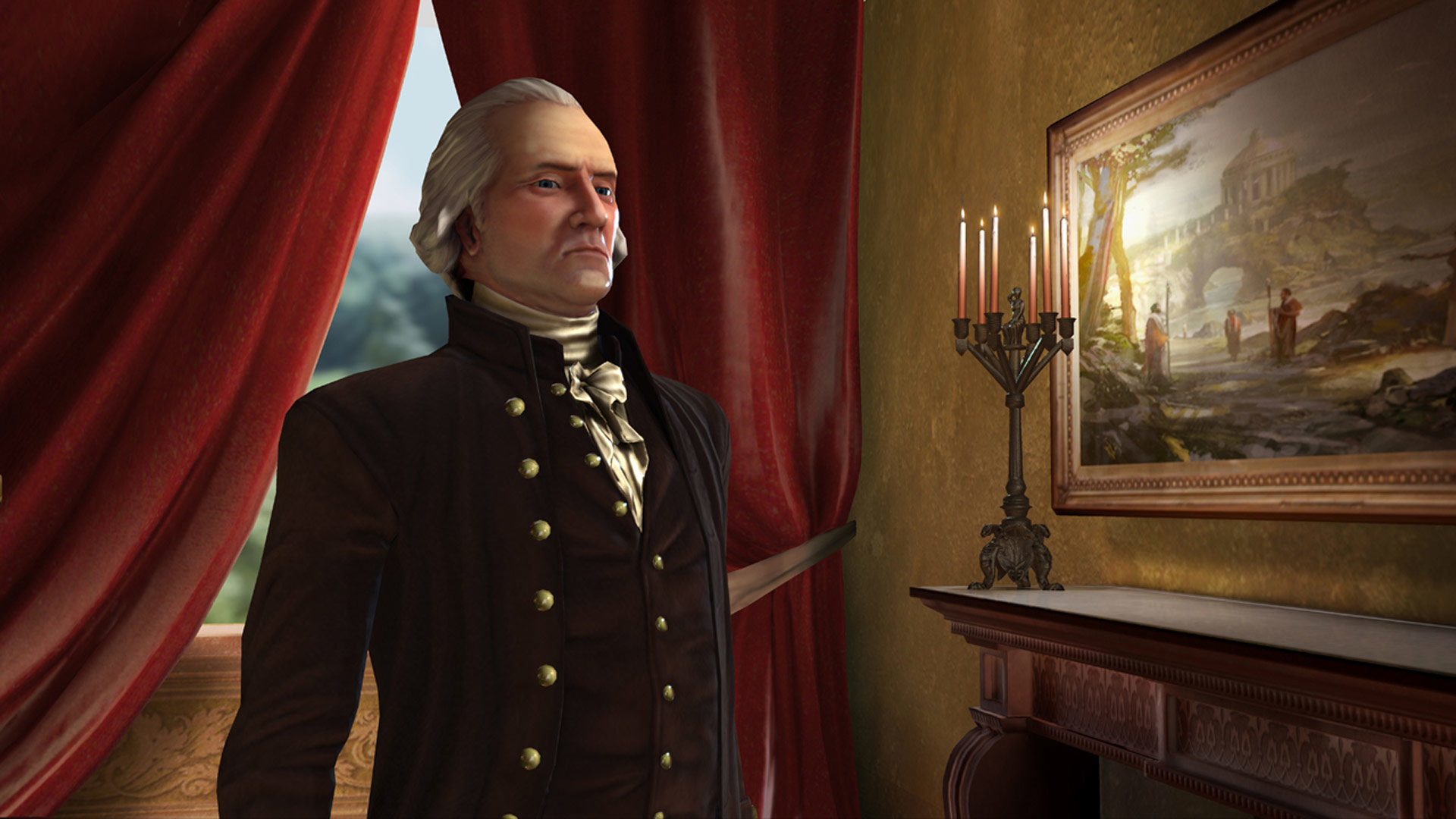
Credit: Sid Meier’s Civilization V, 2K Games
How games get balanced
The trouble with balance, as Griesemer quipped in his 2010 GDC talk on balancing games, is that “balance can’t happen until the end, [but] balance can’t wait until the end.” In other words, balance needs a finished, (mostly) bug-free game to be done right. Because, as Schreiber explains, “every time you change one of the core mechanics, the balance gets completely thrown off, because the numbers and the effects of things don’t mean what they used to anymore.”
But at the same time balance is also a key part of designing how a game works and what’s in it. Most developers break the balancing process down into stages that occur at different milestones during development.
“The very first step is just imagination,” explains Sirlin. Take a fighting game, for example. “I have in my head how the system works and when I’m creating all the characters, I just kind of imagine how they all are going to interact and try to make sure that they each have the tools that I think they would probably need against each other.”
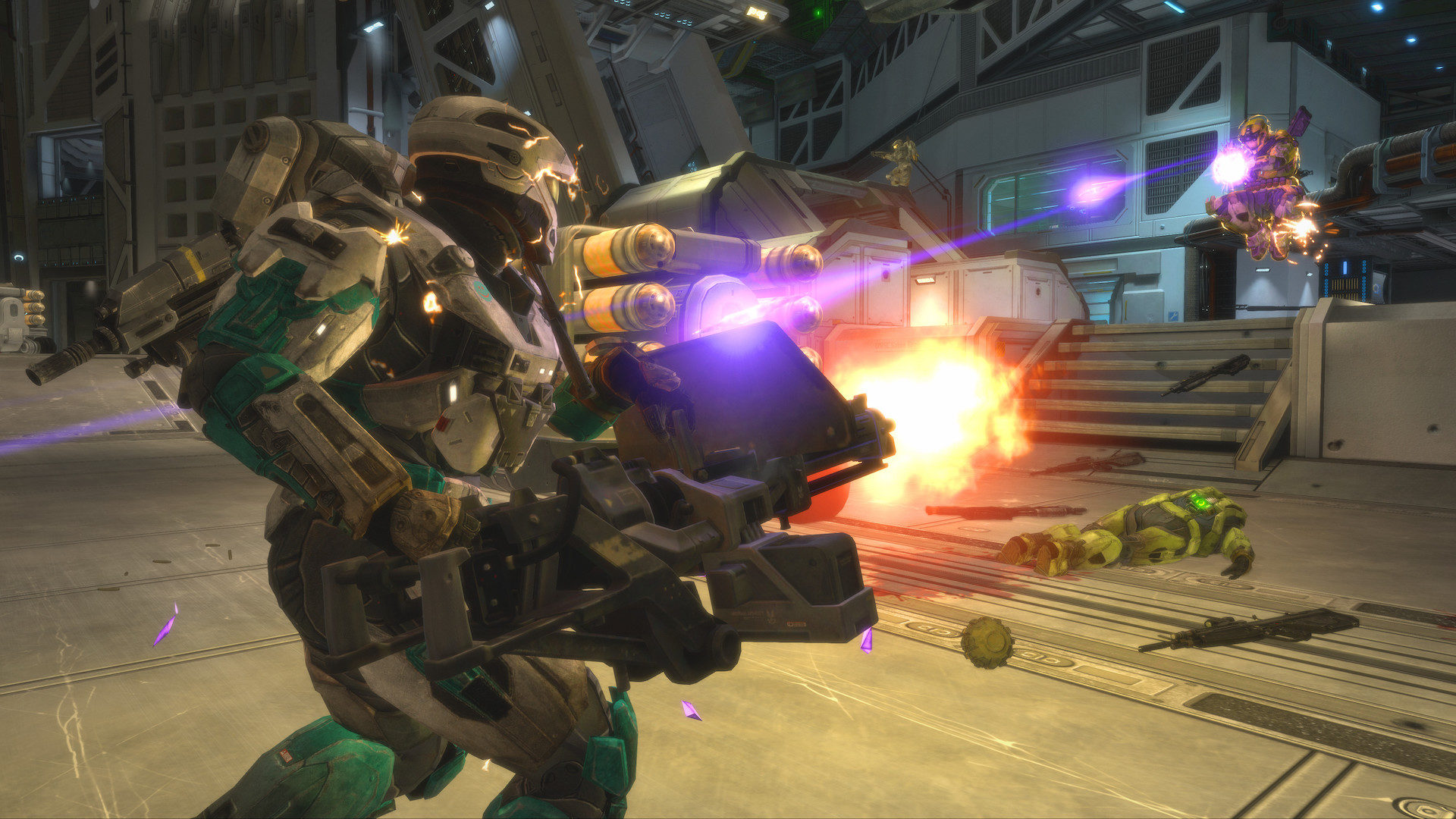
Credit: Xbox Game Studios
Balance starts with guesswork, in other words. Griesemer calls this stage “defining the role.” In a shooter, you’re going to want to have weapons to fit different firing distances, (e.g., snipers for long, shotgun for short) and damage types (like both bullet-firing guns and large area of effect projectiles) and so on. He adds that the role should be both as well-defined as possible and as distinct from all the other roles as possible—because variety is interesting, and because good balance lies between chaos (where people just make random choices) and certainty (where everything is predictable).
Next up, once all the mechanics are implemented in-game, the designers play it to see if they missed anything in that first stage. Then, satisfied that the core design is in place, they begin playtesting: getting a lot of people to play it and see what happens. Here, Sirlin says, a designer will look for whatever’s the most broken. “There’s going to be something that’s working probably so poorly that it’s hard to really test how the game works until you fix that,” he explains.
Playtests may reveal dominant strategies in the game, or situations where there are multiple options but only one is actually viable, or where a strategy works but it’s being underutilized by the players. Fixing the problem may involve cuts or additions to the design, or perhaps just a bit of tuning and tweaking of the values until they get the desired effect—until the experience is roughly what it’s supposed to be.
So now we come to what Sirlin refers to as the refinement stage. Iteration. “It’s continuing to have more people play, who get better,” he says. “You know, higher-skilled players play.”
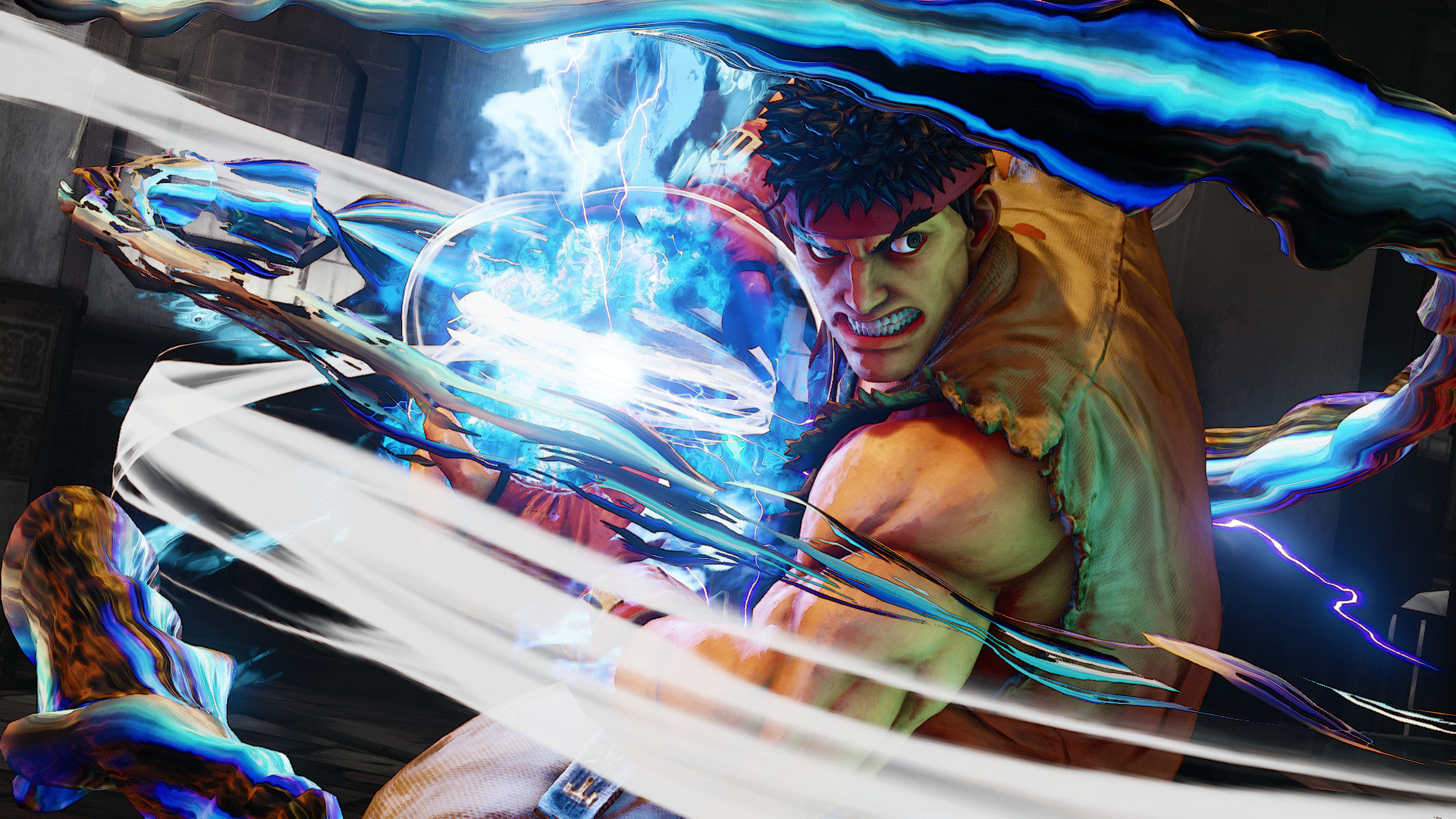
Credit: Capcom
At this point you may assume that the data gods take over—that it becomes all about statistics like win-loss rates and character/weapon/move/item usage data. But generally speaking, most developers don’t do that yet, except in genres like trading card games that lend themselves to mathematical modelling.
“It really looks from the outside like it’s data-driven, but it’s kind of not,” says Sirlin. “It really is not, until maybe the end. It’s just because there’s too many intangibles.” By way of example he discusses how you might tune the range of Chun-Li’s throw in Street Fighter. You could look at how often she’s landing throws, he says, but its actual effectiveness is also linked to walk speed. And to “the priority and speed of your moves,” he continues, “like if you can threaten to get close.
“Really quickly it starts to be so full of nuance that you actually do better by just watching some people play, and just kind of subjectively say, ‘Oh yeah, that throw range feels about right; it feels about fair now.'”
In other words, it’s a gut thing. A sort of balance feel that designers develop through lots of practice, observation, and logical reasoning.
Checking their answers
That’s not to say that actual data analytics doesn’t ever have a place in balancing, though. Sirlin likes to gather lots of real-world data on player matchups post-release and then look at that to see if he got the balance right—to validate his numbers. Some studios, Schreiber says, are now also leveraging big data analytics to crunch the numbers on hundreds of thousands or millions of online matches, both during public betas and as part of post-release live ops support.
This data analysis won’t do the balancing for them—that still needs a human touch—but it can help identify trends like certain items being more highly-correlated with winning or certain strategies being more popular. And these trends may in turn point towards potential imbalances that designers should look into for patches.
But numerical analysis like this is not at all a requirement for good game balance. Sirlin emphasizes that staying plugged into the game’s community is the real key to fixing those hard-to-identify balance problems. He likes “to combine the word on the street of what top players tend to think with an actual analytical argument” from a few people who are unhappy with the balance. That way he can kind of “sniff out the crap” and really hone in on the true problem, which in something as complex as a fighting game or shooter is unlikely to be the obvious thing.
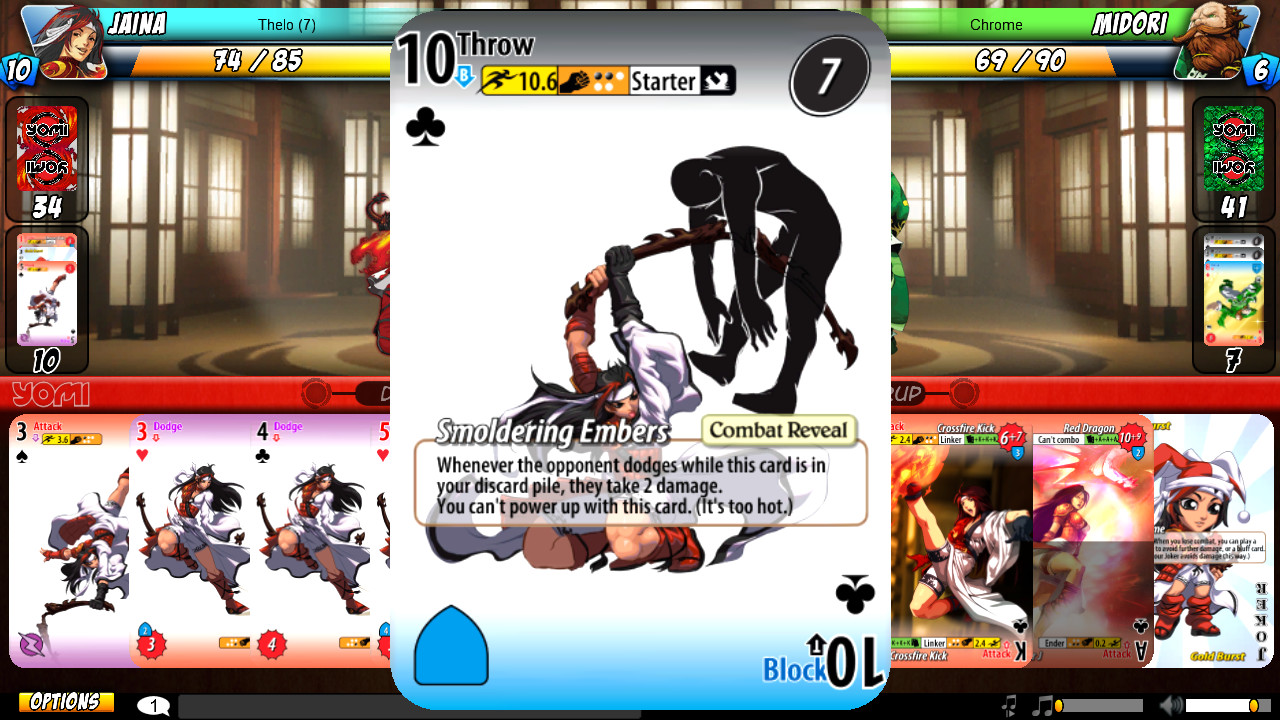
Credit: Sirlin Games
When Bungie released Halo 3, for instance, the team realized that the sniper rifle was broken. Some players started to use it at close quarters, where they could aim and shoot so fast and do so much damage per shot that there weren’t any effective counter strategies.
An obvious solution might have been to introduce a built-in weakness to the weapon, such as a margin of error to its hit rate (like in a role-playing game), or making it slow down the player’s movement when equipped, or even just an increased reload time. But adding weaknesses (or reducing a core strength like its damage) would compromise the weapon’s intended role in the game. They would make it feel less special, less powerful. And limiting the maximum sniper ammo a player could carry would, in Griesemer’s words, “only fix the averages,” spread out over thousands of matches. But that wouldn’t stop it feeling broken, for the same reason that Civilization Revolution players expected 3-to-1 odds to be a win: People don’t see the averages.
Instead, the root cause of the problem turned out to be the time between shots: the weapon’s maximum rate of fire. They needed to slow it down. And the sweet spot was an increase from 0.5 to 0.7 seconds between each sniper shot. That would noticeably slow down close-range use of the sniper rifle and stop it from dominating matches while also preserving the fun of using it everywhere else.
Solvability
Sometimes problems like this don’t present themselves until years after release, when finally, out of the blue, somebody stumbles onto a strategy that makes them unbeatable.
Sirlin argues that this is at the core of why balance is such an elusive concept—and such a hard thing to do well. It’s deeply intertwined with another concept called solvability, which in essence means making it as hard as possible to find an optimal strategy: one that, if executed right, will win every time.
Let’s use chess as an example. Experts consider the game to have a first-move advantage, which hints at an imbalance in its design, but chess has no known solution, no optimal strategy as yet discovered, despite thousands of years of play and decades of data crunching on supercomputers. Chess, therefore, is very well designed from the angle of solvability.
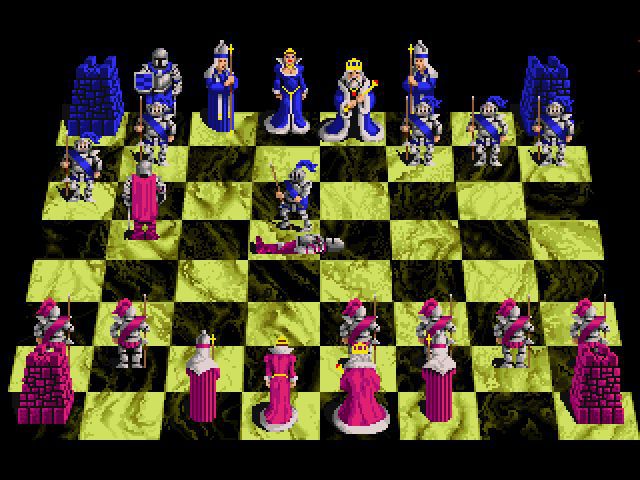
Credit: Battle Chess, Interplay Entertainment Corp.
“[Solvability] is not an afterthought,” Sirlin explains. “That’s the whole ballgame. That’s the whole endeavor that we’re trying to do: How can I make it so that there’s a force that says, well, you want to do a lot of X, but another force says you don’t want to do any X, and then give it to players and have them be confused about whether they should do X or not. That means I did it right. And that’s just two forces. But what I need is like 20 forces that are all opposites, all on different axes, all in different, conflicting directions.”
Somewhat counterintuitively, it’s actually simpler to do this for games with a low skill floor, where it’s easy to execute basic strategies, like in Sirlin’s fighting game Fantasy Strike or something turn-based like chess or Hearthstone, than in those with a high skill floor, like Guilty Gear. That’s because when you have a low skill floor, a larger percentage of players get access to the “real” game—to the full range of abilities.
That, in turn, means more data—anecdotal or statistical or both—on whether these forces are balanced against each other. And hence a greater possibility that developers can adjust any balance problems before somebody uncovers an optimal strategy.
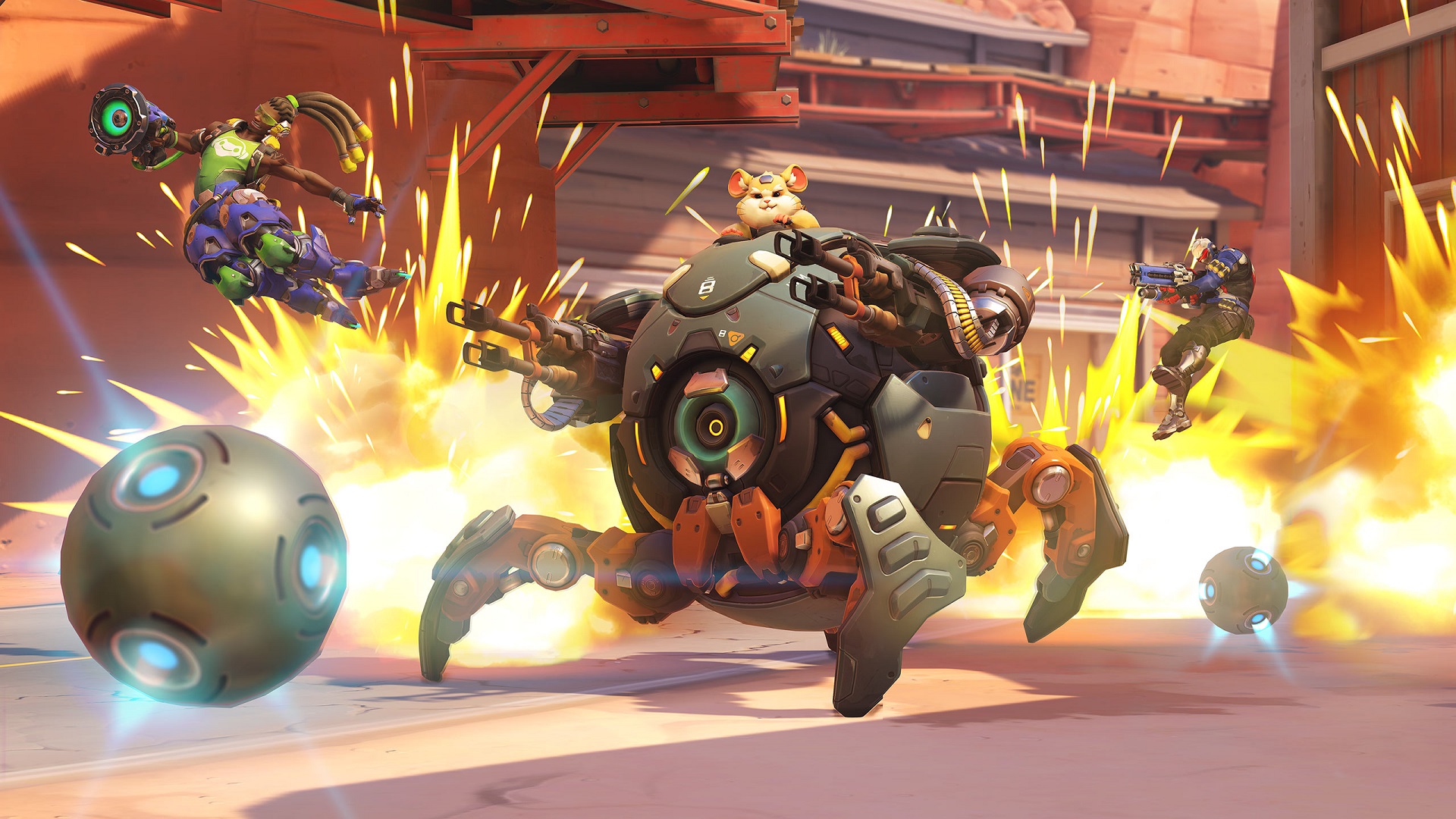
Credit: Activision Blizzard
Whining doesn’t make a difference
When asked about the biggest things they wish players would understand about game balance, both Schreiber and Sirlin pointed to a few key takeaways.
One is simply that balancing a game that’s complex enough to be interesting is a really, really hard but essential role in game development, and yet also paradoxically just a small part of the process of making games.
Second, releasing balance patches doesn’t mean the developers are incompetent or they hate you. “In reality it means they really cared about the balance,” says Sirlin. “Overwatch has had many iterations and it’s not like they could have made today’s version the first version. This is not possible because you can only do these things by opening up to the world and evolving it over time.”
Or, as Schreiber puts it: “While in retrospect it seems obvious that that one particular strategy or whatever was completely overpowered, it wasn’t obvious even to the player community for a while until one player happened to find out, sometimes completely by accident. But players seem to assume that, if you don’t get things perfect, that means you don’t know what you’re doing.”
The third and most important takeaway is that whining about balance whenever you lose doesn’t help. “By all means if you think something needs to be changed, you can let us know,” says Schreiber, “but give a good rationale, not just ‘I keep losing to it.'”
It’s important to give developers the benefit of the doubt, adds Sirlin, “that they thought this through, and understand that you need the right confidence level [before you speak up on a perceived imbalance].”
“You know, I lost to a thing—not that meaningful,” he continues. “But like a community of people and we all kinda think the same thing and saw the tournament results—you know, now you’re getting somewhere. Have a concept of how certain you are of a claim, and why.”
Header image credit: Fantasy Strike, Sirlin Games
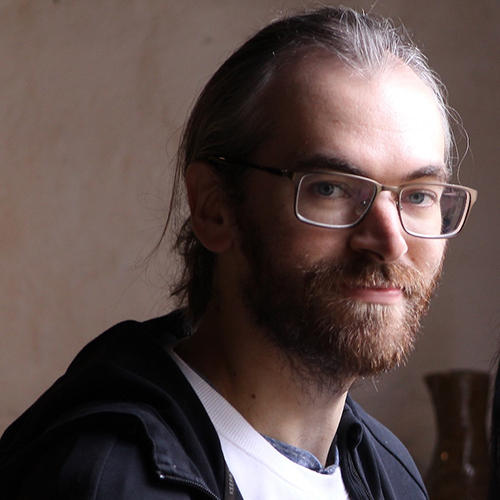
Richard Moss is an award-winning writer, journalist, and storyteller who explores the future—and the past—of innovation, video games, and technology. He produces the documentary-style games history podcast The Life & Times of Video Games and his first book, The Secret History of Mac Gaming, is available now. You can find him on Twitter @MossRC.